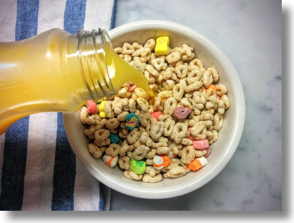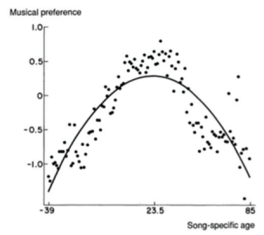Where do preferences come from?
Nov 05, 2015 | Categorized In: Neuromarketing | Consumer Neuroscience

We give a few examples, but here I’ll just highlight one: "Where do our preferences come from?” If I pour orange juice on my cereal, you would probably think I’m out of my mind, but it’s not “irrational” according to standard economic models of decision-making. This type of example is sometimes used as an argument against the validity of economic notions of rationality.
Another way to look at this problem, and one that we do in the paper, is that the standard models are not so much wrong-headed as incomplete. As a consumer, my preferences are a complex mixture of my developmental history, my cultural background, and my genes. To have predictive power then, it is unlikely that we can derive our preferences from first principles alone. We need granular data, and we need to understand developmental processes.

Another example, for which I have no data but nevertheless subscribe to full-heartedly, is every soccer fan's favorite world cup is the one when they were ~10 years old. So why do we pick up certain preferences at certain ages, and how do we develop the preferences that last a lifetime? I think we can learn a lot by looking around old consumer research papers.